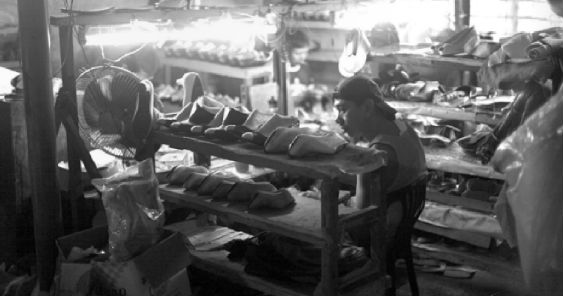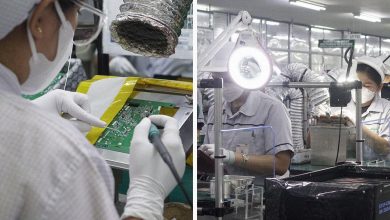Designers craft rebound for Philippine shoe capital
Words by Brian Tenorio (Writing from the factory floor of a shoemaking company)
As I write this article, in front of me is Mang Rudy–born in Montalban, Rizal, in 1948, the son of a shoemaker, father of two. But not one of this offsprings is into making shoes.
I’ve been in this industry for 10 years as a shoe designer and I’ve not come across a shoemaker younger than 45 years. That practically means that we, citizens of Marikina, have not produced a shoemaker in the last 20 years. Even if we have established various training mechanisms–vocational courses in schools, a throng of seminars and workshops, industry talks and chat ups–the sapatero (shoemaker) population has been contracting at an almost exponentially increasing speed.
Design and design thinking may prove to be two of our best strategies for offsetting and disrupting this trend and listed below are five of my most recent realizations from re-organizing my thoughts about the city I grew up and plan to grow old in (a recent personal decision):
1. Know the sapateros’ story. Do we understand the conditions facing our sapateros? How did they get into the craft? How long have they been making shoes? Are their children into shoemaking as well? If not, is it something they willed it to be?

2. Keep our sapateros in Marikina. Of the ones still working, keep them active in the industry. Of the ones thinking of leaving the craft, entice them to stay. Of the ones who have retired, get them to pass on the craft techniques, trade secrets and all. Of the ones who have long retired, give them healthcare support and benefits. Who would want to be a shoemaker if all the senior and elderly shoemakers they see are uncared for and miserable?
3. Implement a creativity audit. Exactly how many sapateros do we have in our city? I have a strong feeling that we have not yet had an audit of our artisan population in the last five years. It cannot all be estimated information. The numbers will give us better ways to gauge our situation, while providing metrics as indicators of improvement when the trends are positive. Audit and do it soon.

4. Realize that the creative layer exists through and throughout the economic, social, and political layers. Our city policy makers should realize that all decisions, strategies, and executions must consider how they all affect the creativity index of the city. Creative excellence does not always follow efficient infrastructure and economic success. There are several economies in the international arena of creative that prove this, especially when one realizes that the coolest sorts of creativity have sprung up in the least developed of nations. There must be this type of thoughtfulness when an organization strategizes for creative excellence. One can expect the same thing when trying to lure in hard-to-catch muses.
5. Romanticize the craft but stay authentic. We are talking about shoes here! There aren’t many other fashion accessories one can be more emotionally attached too. Shoes are the end points of the lines that define our boies. Beyond that, shoes convey to the world one’s psycho-social situation–whether we are professionals or amateurs, stylish or unconcerned, affluent or otherwise. No other city in the Philippines holds this much power in fashion branding in the minds of Filipinos. There is no fashion capital in the country, no style capital, but there is a shoe capital!

Our city must realize that our greatest asset is not our vast inventory of shoes that we turn over, but our human assets–our sapateros and the heritage they practically personify. Managing this thick layer of creative energy will require the most potent mixture of time, humanity, and society.
This article was first published in the January-February 2014 issue of adobo magazine with Rachel Tiotico (DM9 JaymeSyfu) and Katrina Encanto (Lowe Worldwide) on the cover.











